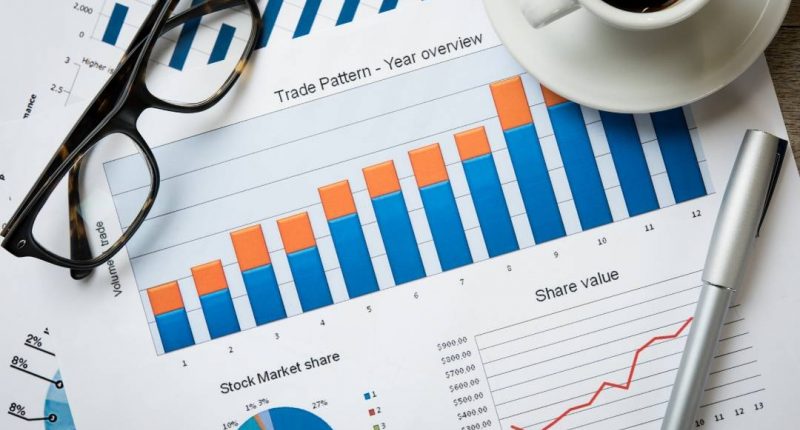The Indian equity market has been highly volatile of late. The BSE Sensex has already witnessed four peaks and three troughs this year alone.
So, what exactly are these market peaks and troughs?
Generally, the economic cycle is highlighted in four stages: expansion, peak, recession and trough. An economy’s business cycle is the upward or downward movement of the gross domestic product (GDP), and it comprises alternating periods of recessions and upturns, which usually end in troughs or peaks.
Phases of growth are expansions of the economy or booms. On the other hand, periods of decline are contractions of the economy or recessions. The highest point of a boom is referred to as a peak, also known as swing highs, while the lowest point of a recession is called a trough or swing lows.
A trough is a period that signifies that a country’s economy or business cycle has stopped declining or bottoming. Generally, troughs highlight that economic decline has turned in the opposite direction. The economy is either growing or expanding now in this case.
Troughs are quite significant in a country, as these depict the reversal of a declining economy. The swing highs and swing lows are created by the prices of securities and assets.
With peak and trough analysis, bull and bear markets can be studied. Peak and trough analysis is crucial to the trading strategy, whether an investor is trading the trend, or waiting for the breakout or reversal.

Rajiv is an independent editorial consultant for the last decade. Prior to this, he worked as a full-time journalist associated with various prominent print media houses. In his spare time, he loves to paint on canvas.





